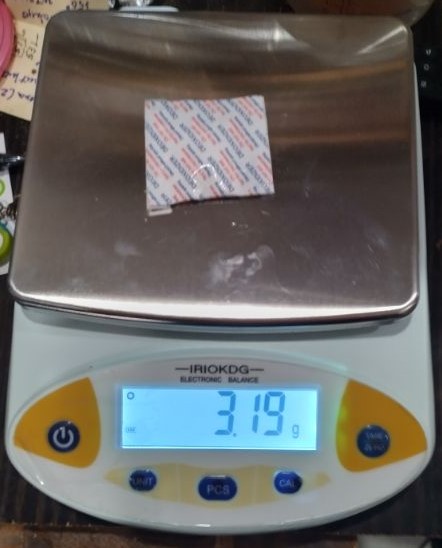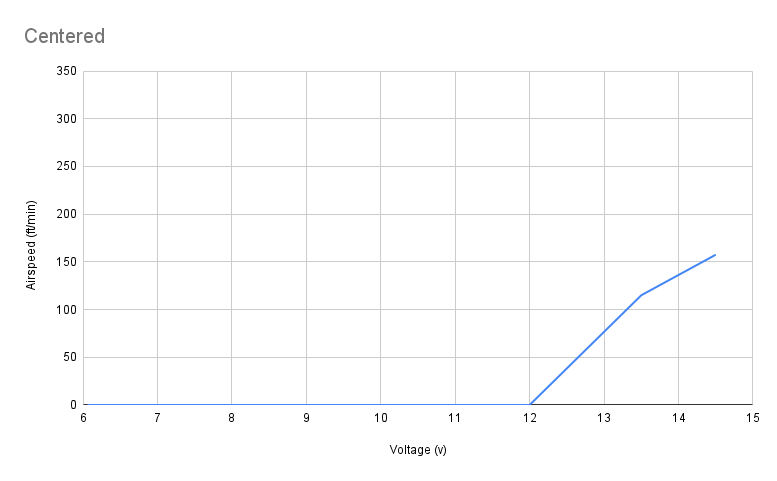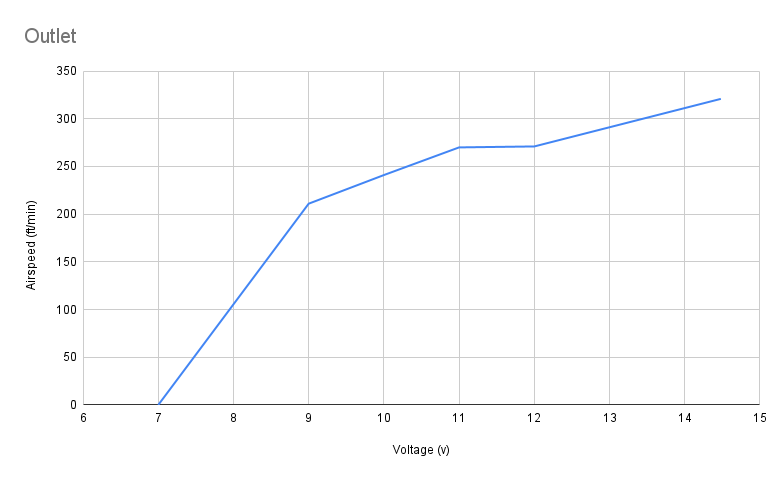It’s been one year now since we were awarded the STEM-In-Action Grant to continue work on our moisture harvester, bringing our critical solution closer to fruition, and this week we turned in our Final Report. We are grateful for the opportunity the grant has provided us to make significant progress over the last year. The analysis and improvements we have made over the past year show that our moisture harvester should be a viable option for cost-effective water production in drought-affected areas using green energy. However, there is still work to be done to fully realize our design. We look forward to continuing our progress in the future.
What We Did
Accomplished:
- July:
- Created a website to communicate with the public about our project and the drought crisis in the Southwest
- Consulted with an expert to advance our knowledge regarding the physics of the condensation system, to allow further Improvement
- Selected and purchased humidity and temperature sensors and Raspberry PIs to automate measurements and control
- August:
- Met with an expert to learn about metal-organic frameworks and their production. This expert is going to virtually demonstrate the production of MOF-801, as we are unable to go to the lab in person.
- Made flowcharts for the programs
- Educated ourselves in programming for microcontrollers
- Designed experiment to perform a fan speed adjustment test
- Selected necessary equipment to perform a fan speed adjustment test
- September:
- Purchased equipment to perform a fan speed adjustment test
- Completed Initial Report for eCybermission
- Ran airflow experiment
- Began working with school in partnership to get MOF
- Designed condensation system experiment
- October:
- Submitted official blog post
- Acquired materials for constructing our condensation system test
- Updated our website with information on our air flow test
- November:
- Constructed condensation system test
- December:
- Setup Raspberry Pi 4 Model B’s
- Initialized public-facing git repositories for our codebase (https://github.com/AZWaterWarriors/)
- Wrote programs for condensation system test and the overall control system as well as a RPi GPIO library that they are dependent on
- January:
- Met with Ms. Kulisiewicz to get further information on the MOF-801 and its synthesis
- Built condensation system experiment apparatus
- Completed agreement with DEVCOM for MOF-801
- February:
- Built condensation system experiment apparatus
- March:
- Ran condensation experiment multiple times
- Considered design challenges given small anticipated amount of MOF
- April:
- Received MOF and video on creation
- Reviewed video and worked on identifying design changes for reduced amount
- Worked on reconfiguring condensation apparatus
- Created poster to support outreach.Worked with local teachers to identify presentation opportunities
- May:
- Presented at our local elementary school, Sonoran Sky Elementary School, to help inform kids about drought and get them excited about science and engineering. We also talked them about how to make a good eCybermission project (POST ABOUT THIS PENDING)
- Brainstormed possible MOF tests given small amount
- June:
- Ran two experiment with initial MOF Packet (LAB REPORT PUBLICATION PENDING)
- Procured larger amount of MOF
- Featured in spot by Arizona KJZZ radio station (https://www.kjzz.org/news/2024-06-27/az-high-schoolers-showcase-invention-focusing-on-states-drought)
Scheduled:
- Fall:
- We are scheduled to present about our project and eCybermission to the freshman class in Paradise Valley High School’s CREST STEM program.
What It Means
One of our primary goals with the grant was to help educate the public. We created this website to chronicle our progress, posting regular updates and blog posts about our design. We also presented at our local elementary school to help inform kids about drought and get them excited about science and engineering.
We began by investing in some Raspberry Pi’s to serve as the control system, due to their versatility and portability. We wrote a control system that would automate the device’s cycles, allowing it to run 24 hours per day with no human intervention. However, we ran into issues with the driver that allows directly controlling the circuitry. We are currently working on resolving this issue.
You can read more about our control system here: Programming the Control System
Our fan system moves air through the MOF-801, so it can adsorb water continuously. If the air is moving too slowly, the moisture cannot be adsorbed as quickly as if it were moving faster, but if the air moves too quickly, all the moisture is adsorbed at the front of the material, blocking the air from passing through the rest. We constructed a wind tunnel to analyze the fan system and we found that there was a dead spot in the center of the fans from their hubs. We moved the fans slightly off-center to correct this and got much better airflow.
You can read more about our fan system tests here: Experiment: Airflow
We wanted to optimize the collection of the water from the adsorbent at the end of a cycle to have minimal water loss. We ran several tests, including testing different ways of condensing the water. We determined that a central Peltier plate was insufficient to cool the entire area, we learned that we will need multiple Peltiers, as well as to maximize the surface area to collect the most water.
You can read more about our condensation system tests here: Condensation System Proof-of-Concept
One of the most important parts of our whole device is the actual adsorbent material: MOF-801. Our grant allowed us to get in contact with a research scientist Ann Kulisiewicz at DEVCOM who provided MOF for a proof-of-concept. We had originally planned for the MOF to be in a brick form, however, the new synthesis method meant that it came in packets and a much smaller quantity. As a result, we had to scale down our design to accommodate the new size and redesign the condensation system to hold the packets better. We have only just started testing, but we can see the MOF is absorbing water from the air.
You can read more about our MOF tests here: We Got Some MOF!, First MOF Test
Moving Forward
We plan to move forward with our project to create a complete functional prototype. Over the previous year we have been refining individual components systems, but hopefully we can put these individual parts together to make a cohesive device. Most of our individual components are working, however we are still making fixes to our control and condensation systems.
While our control system itself has no issues, the library we wrote that it uses to directly control the circuitry is experiencing a number of issues. Instead of using a third-party general purpose input/output (GPIO) library, we wrote our own using the Linux gpiomem interface. Our code appears to be correctly sending the requests to the kernel, but the kernel does not seem to be actually transmitting them to the pins. However, it appears we may not be using the interface correctly. Going forward, we hope to troubleshoot this issue forward and debug the code in detail.
Because we didn’t receive our MOF-801 until April, we were unable to complete testing and prototyping the condensation system; those tests are ongoing. We completed some preliminary tests of the adsorption potential of both packet form MOF-801 and powder form, and while these tests are promising, they are not to a satisfactory level of accuracy, and we plan to use the lab equipment obtained with the grant to run much more detailed and rigorous tests of the limits. We hope to more effectively dehydrate our sample before conducting a much more controlled test in the low humidities of the desert.
We plan to also do more community outreach. While our solution helps address supply, the real future of Arizona’s water supply lies in the hands of the people. We plan to continue presenting to local kids and teens to teach them about drought and how they can help reverse it, as well as about engineering and eCybermission. We have scheduled to present to the freshman class of the CREST STEM program at Paradise Valley High School this fall. We will also continue posting progress updates on our website at AZWaterWarriors.Org.
Our combination of successful modeling and prototyping stand to show that our design is a viable and efficient solution for moisture harvesting in the low relative humidities of the desert.
Stay tuned for updates on our progress going forward, as we continue turning science fiction into science fact!










